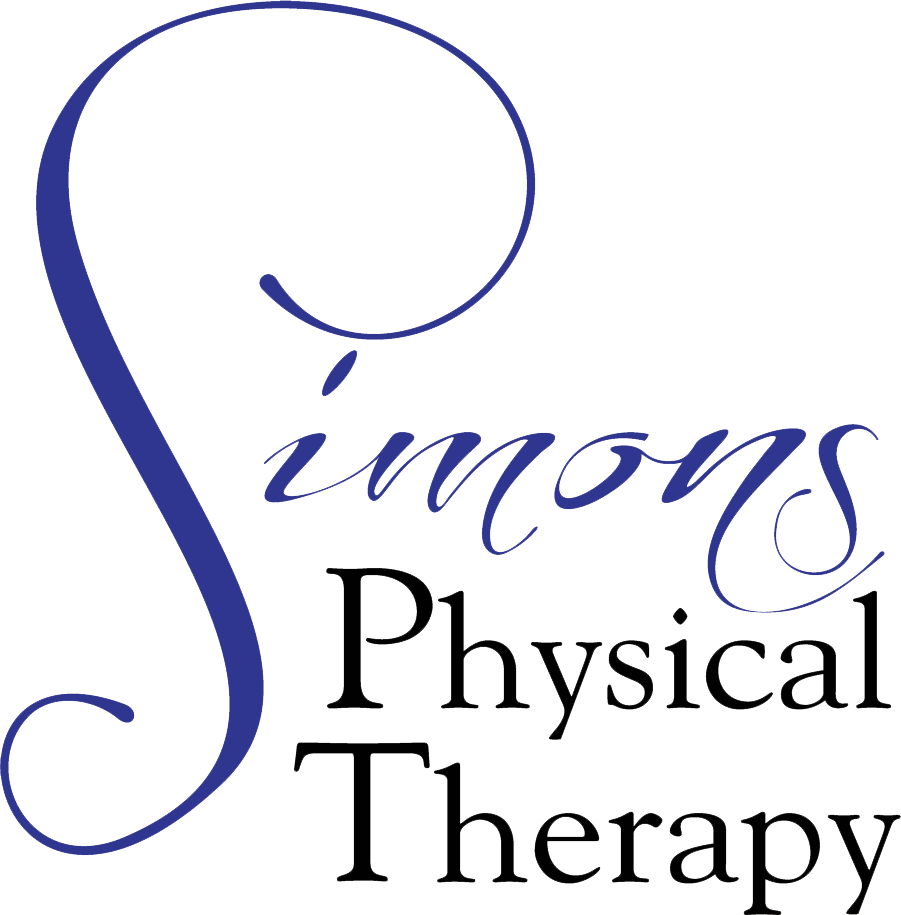
Lymphedema
What is Lymphedema?
Lymphedema (chronic swelling) occurs when an interruption of lymphatic flow results in the accumulation of lymphatic fluid, causing abnormal swelling in the arms, legs, feet, breast, abdomen, neck or head. When lymphatic vessels are impaired, missing, or when lymph nodes are removed, the remaining lymph pathways become congested or blocked. These fluids (waste products) can build up in the connective tissues, and become thicker and the affected areas feel heavy. This thickening of the lymphatic fluid is called fibrosis, hardening of the skin and underlying tissue.
There are two main types of lymphedema: primary and secondary, or stage 1 and stage 2.
Who is at risk for lymphedema?
Patients who have had surgical procedure, such as cancer surgery, cardiac surgery, gastric by – pass surgery, orthopedic surgery, plastic surgery, or cosmetic procedures. Patients who are undergoing radiation therapy in the treatment of breast, can you logical, head and neck, prostate, testicular, platter, and melanomas are at risk of developing lymphedema. These procedures can damage, lymph nodes are vessels, inhibiting the flow of lymph fluid in the body.
Research suggests that the chance of developing lymphedema after any cancer treatment increases if a number of lymph nodes removed, if radiation is used as part of treatment, or if wound complications develop after surgery. Other conditions that may put people at risk include Arvydas insufficiency, diabetes, sports injuries, on Dash healing, wounds and trauma.
Patients who have a damaged or blocked lymphatic system over an extended period of time are suffering needlessly from lymphedema. Without proper treatment, lymphedema can leave a limb(s) almost useless, due to the swelling and discomfort.
POSSIBLE TREATMENTS FOR LYMPHEDEMA
There are many options you have when trying to treat lymphedema and we encourage you to come up with a plan with your doctor (we can work with your doctor to create a plan as well). Some of the treatments we use to treat lymphedema include:
Compression and elevation
Exercise plans (we really like walking, swimming, yoga, and pilates)
Manual lymphatic drainage
Education on skin care and how to best protect the affected areas
Complete decongestive therapy (CDT)

